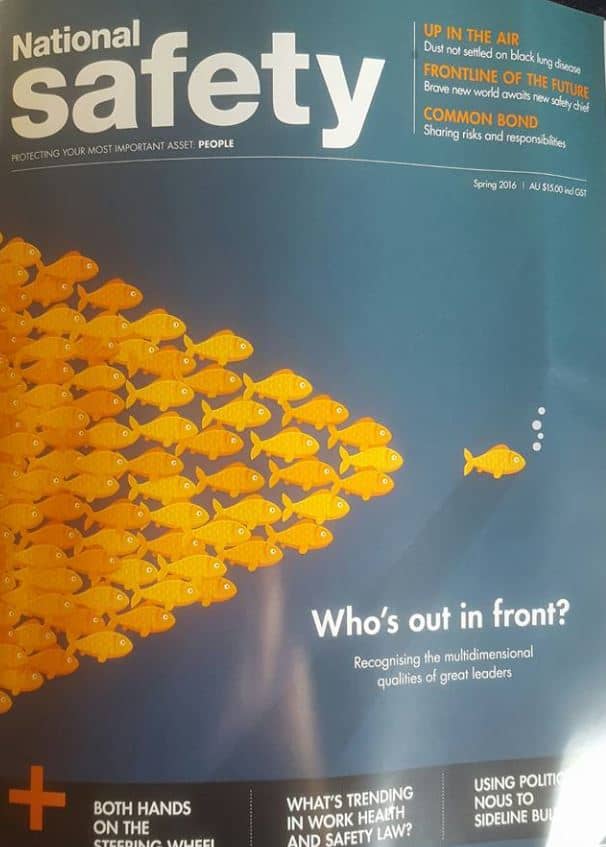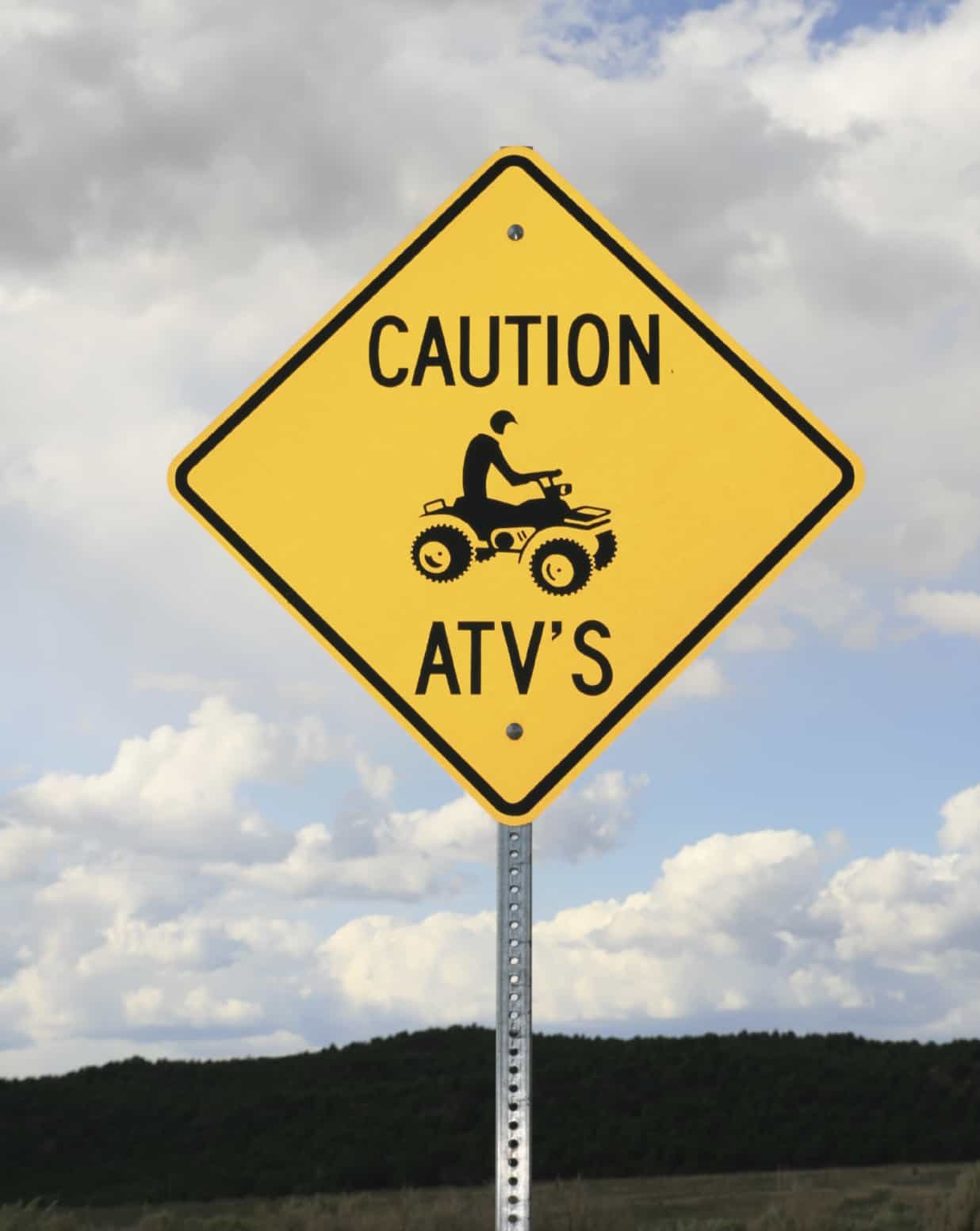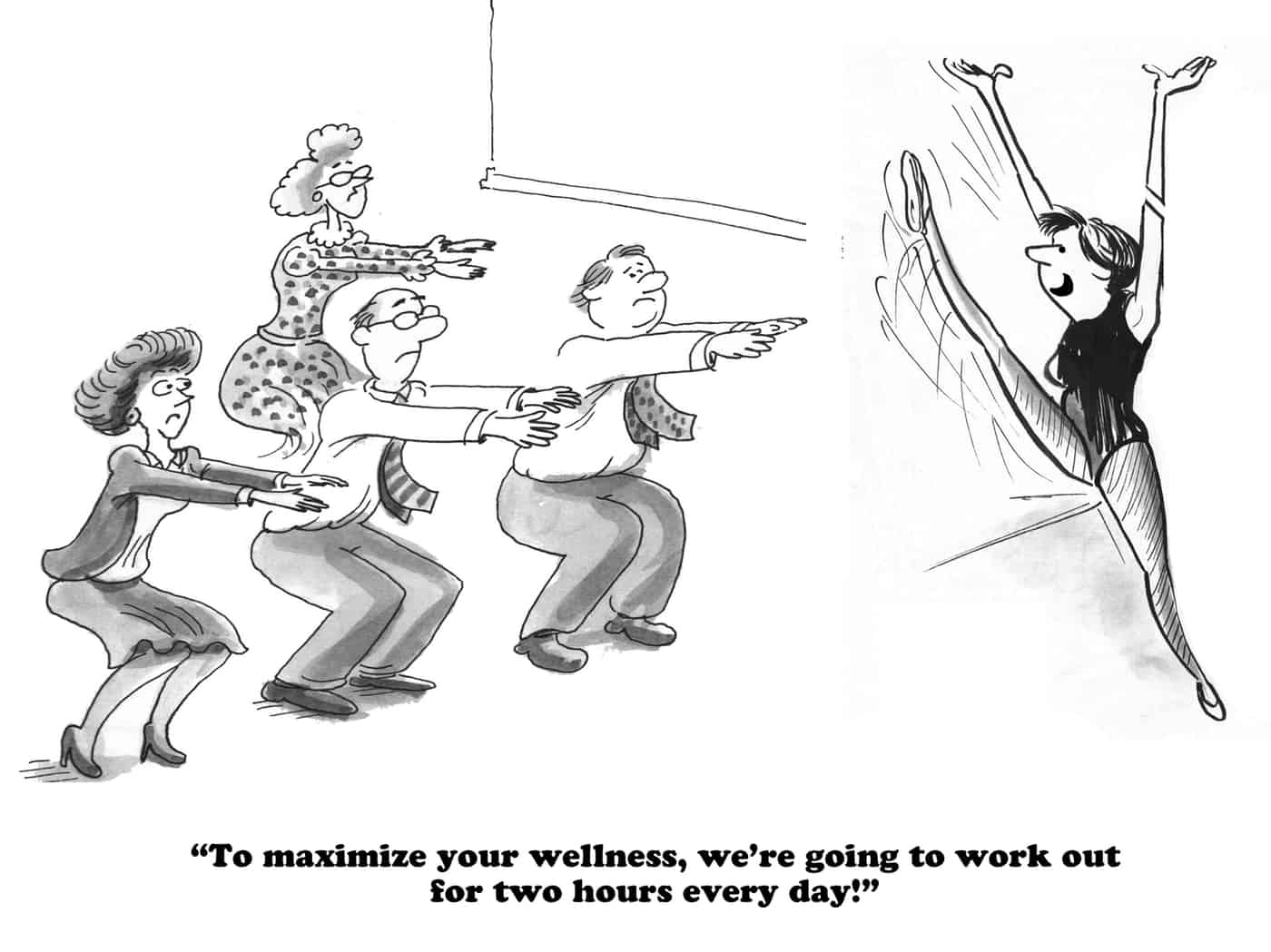Episode 6 of the Cabbage Salad and Safety podcast is now available with the discussion centring on drugs and alcohol issues at work. For those looking for information on drug and alcohol testing, this episode is not for you. We thought that the testing issue is dealt with in many workplaces through legislative and regulatory matters and you have to comply with what you have to comply. Continue reading “Cabbage Salad and Drugs”
Category: Duty of Care
Gender, violence, Batty, Hulls and business preparedness
Recently the Victorian Women Lawyers conducted a seminar into the outcomes of Victoria’s Royal Commission into Family Violence. SafetyAtWorkBlog attended even though the topic seems, initially, to have a tenuous link to occupational health and safety (OHS). Family violence is relevant to OHS through its influence on workplace mental ill-health, productivity and the need for cultural…
Safety leadership through action rather than PowerPoint
The Spring 2016 edition of National Safety magazine includes a cover story on leadership written by me. In it John Lacey insists that safety leadership begins at the top. This position is supported by many business and occupational health and safety (OHS) advocates but this seems to me to be based on a misunderstanding of leadership.
 In response to a question about leadership in small- to medium-sized businesses, Lacey said that leadership “applies to all”:
In response to a question about leadership in small- to medium-sized businesses, Lacey said that leadership “applies to all”:
“[Leadership] is not different but how to apply it will be different. The start must be from the top down. The basic values, behaviours, knowledge and systems will be defined by the organisation no matter how large or small it is.”
This is remarkably like safety culture and my response is that leadership can be displayed by anyone at any level of a company or society and can manifest at any organisational level. The fact is that it is easier to sell a commodified leadership to executives as they are expected to show leadership in times of crisis or stockmarket uncertainty and most of us translate that into leadership of safety.
Leadership, as with most elements of OHS, takes time and effort – sometimes over generations. This is particularly so with anything concerning corporations that are wary of change unless that change supports profit and shareholder returns. (I would argue safety increases profits and company value but this is an argument than struggles for traction)
The most abused aphorism used to justify this focus on executive leadership is that “a fish rots from the head down”. Nonsense. As this website states, it is the guts of a fish that rots first.
 The attention given to senior executive leadership is an organisational echo of the economic trickle-down theory which has been roundly dismissed as flawed and, in some instances, has contributed to increasing socio-economic inequality.
The attention given to senior executive leadership is an organisational echo of the economic trickle-down theory which has been roundly dismissed as flawed and, in some instances, has contributed to increasing socio-economic inequality.
Lacey acknowledges that anybody within an organisation can lead although leadership starts from the top. He supports my contention that leadership occurs at all levels of a business and that actions show leadership and safety, probably, more effectively and cheaper than any training session. Lacey says
“…even the gesture of picking-up litter or wearing the correct [personal protective equipment] in front of others in the work team can be seen as a form of leadership. Leading by example is an old but such a true saying.”
These actions are the best way of improving workplace safety and showing leadership, and for the least cost. Safety should be improved by actions rather than PowerPoint.
[Note: please support National Safety magazine if you can. It is not available online and only through subscription but it is one of the few hard copy OHS magazines left in Australia and one of the few, if not the last, that actually pays its writers (not as much as we’d like but that’s the continuous battle of the freelance writer). This stance is keeping advertorials at bay and gives National Safety an integrity that is often missing in other safety publications]
Not all deaths are “newsworthy” but they are all important
As Australia’s Safe Work Month closes, the media is focussed on the four fatalities at Dreamworld theme park in Queensland. That situation is complicated as, although the incident is being investigated partly under Work Health and Safety laws, the decedents were visitors to the workplace. On the other side of the continent in Perth, prior…
Labour Hire Inquiry recommends a licencing scheme
Following, ostensibly, the Four Corners exposé of labour hire exploitation in Australia last year, the Victorian Government established an inquiry. That Inquiry’s final report has been released with lots of recommendations, several pertaining to occupational health and safety (OHS). The Government’s media release response is HERE. The main recommendations related to OHS are: I recommend…
Does accessing government assistance need to be so hard?
Nothing is ever easy in farming. Several Australian States have introduced a rebate scheme to help farmers improve the safety of the quad bikes so the vehicles, also inaccurately called All Terrain Vehicles (ATV), should be made safer. The argument over safety has persisted for many years and has resulted, most recently, in rebates for safety improvements provided by the government. However, two States – Victoria and New South Wales – have different processes to accessing these rebates and the NSW process seems to deter farmers from applying for the rebates.
 The Victorian Government’s rebate scheme is administered through WorkSafe who provides a Frequently Asked Questions which is simple and clear. The dates of activity are listed and, primarily, proof of purchase is the main document for eligibility. Victorian farmers can obtain a rebate for:
The Victorian Government’s rebate scheme is administered through WorkSafe who provides a Frequently Asked Questions which is simple and clear. The dates of activity are listed and, primarily, proof of purchase is the main document for eligibility. Victorian farmers can obtain a rebate for:
“$1200 for the purchase of an alternate vehicle such as a side-by-side vehicle (SSV) or a small utility vehicle (SUV). The alternate vehicle must be designed for use in agriculture and at point of sale have rollover protection and a fitted seatbelt. Sport vehicles and small commercial vehicles, such as utes, are excluded.
Up to $600 for the purchase of up to two operator protection devices (OPD). The OPD must have been designed and manufactured in accordance with approved engineering standards and independently tested to be eligible for the rebate. There are currently two OPD devices that meet this criteria and are eligible for the rebate. They are the Quadbar™ and the ATV Lifeguard.”
The NSW process is funded by SafeWork NSW with a complex set of terms and conditions. The purchase options seem narrower but the major difference in the two rebates schemes is New South Wales’ insistence that farmers must attend an “educative interaction”. According to a SafeWork NSW FAQ farmers are required to:
- “get along to a Farm Safety Day run by SafeWork NSW or one of its program partners
- visit the SafeWork NSW stand at an Agricultural Field Days
- request a free on-farm Workplace Advisory Visit and we will come to you
- attend one of the 100 training events being offered by Tocal College.”
SafetyAtWorkBlog has been told that farmers find this to be condescending and are suspicious of SafeWork NSW’s intentions, particularly in relation to the “free on-farm Workplace Advisory Visit”. Such visits are likely to be SafeWork NSW’s preferred option as there are only a limited number of Field Days available every year. WorkSafe Victoria does not insist on educative interactions as part of the rebate scheme which increases NSW framers’ suspicions.
The Federal Chamber of Automotive Industries (FCAI) recently released a new video to support its claims that Operator Protection Devices (OPD) or Crush Protection Devices (CPD) “are not the answer“. The FCAI has been out of step with the issue of quad bike safety for many years and it is difficult to sympathise with its position when governments are “endorsing” OPDs through rebate schemes.
The FCAI’s position seems to be shortsighted as the rebates are encouraging farmers to apply a Gordian Knot solution to the bickering over quad bike safety. Both the NSW and Victorian rebate schemes encourage farmers to purchase side-by-side vehicles (SSV) which, due to the framework over the driver, have no need for the OPDs on offer. SSVs are more expensive than quadbikes but can be seen as endorsed safer options by the regulators of safety in each of the States.
Having dug in to a contrary position of additional safety measures on quad bikes, the FCAI is getting more out of step with the regulators’ positions and the safe desires of farmers and farming families. But perhaps criticising the FCAI is unfair, after all, it is a body representing the interests of automotive manufacturers. Generations have grown up equating motor vehicle manufacturing with safety, ever since “Unsafe at Any Speed” was published in the 1960s, but the FCAI seems different. It has its own definition of workplace safety that is not in step with government or safety regulators.
Farmers, like all business operators, need to decide for themselves who they trust more for their own safety – regulators or salespeople.
Wellness programs need to fit business management
Recently Corporate Bodies International circulated an annual membership offer (no costs listed in this link) to its Australian market. It said:
“Employees and their families have access over to over 300 live webinars and exercise classes, monthly health videos, posters, online GP, Dietitian and Exercise Physiologist appointments – from anywhere in the world, just to name a few of the inclusions. All of this for little more than the cost of a cup of coffee.”
It is the last line that requires a bit more consideration as no program only costs just what marketers claim.

The CBI offer included a link to a flyer about its Healthy Bodies Subscription which involves $A1,800 per annum for companies with less than 100 staff to about ten times that for a much larger number of staff. The services extend from webinars, posters for toilet walls and newsletters to “GP2U Online GP Access” which involves:
“Diagnosis, immediate prescriptions, specialist referrals and medical certificates, all from the convenience of the office. Designed for critical workers or the executive team, minimising work disruption”.
For an organisation that has no occupational health and safety (OHS), Human Resources or well-being resources, purchasing a package like this may be financially attractive but it can also lock one into a pool of medical advisors that could generate conflicts later on with, for instance, insurers, legal representatives, project partners and others. The provision of “immediate prescriptions” may also be a benefit that needs some further investigation – prescriptions by who? For any medication?
A company needs to decide whether it wants to be in total control of the medical services it may offer, or may need to offer, to its employees and whether subscriptions are sufficiently responsive to meet the fluctuations that occur with any workforce and with the business’ profitability.
It is also worth considering whether employees can choose to opt-out and continue being diagnosed or treated by their own physician. How would such a corporate subscription allow for this worker right? If the worker opts out, would this be seen as being disloyal? Would this reduce the number of workers covered by the subscription and affect the overall cost to the company?
Owning the welfare program for one’s own employees allows a company to shop for the best deal and to tailor the program to match the fluctuations of the company’s needs. Would this cost more than the subscription fees in the table above? Almost certainly, IF the subscription cost was the only cost involved. It is important to look beyond cost to operating costs like management control, good governance and due diligence – to the broader context to which occupational health and safety law is pushing Australian companies. These factors are rarely costed and are frequently overlooked, probably as a consequence of not being measured. It is a shame that such “intangibles” are accepted as part of economic assessments but are dismissed in relation to OHS.

